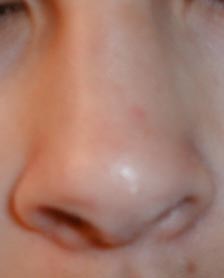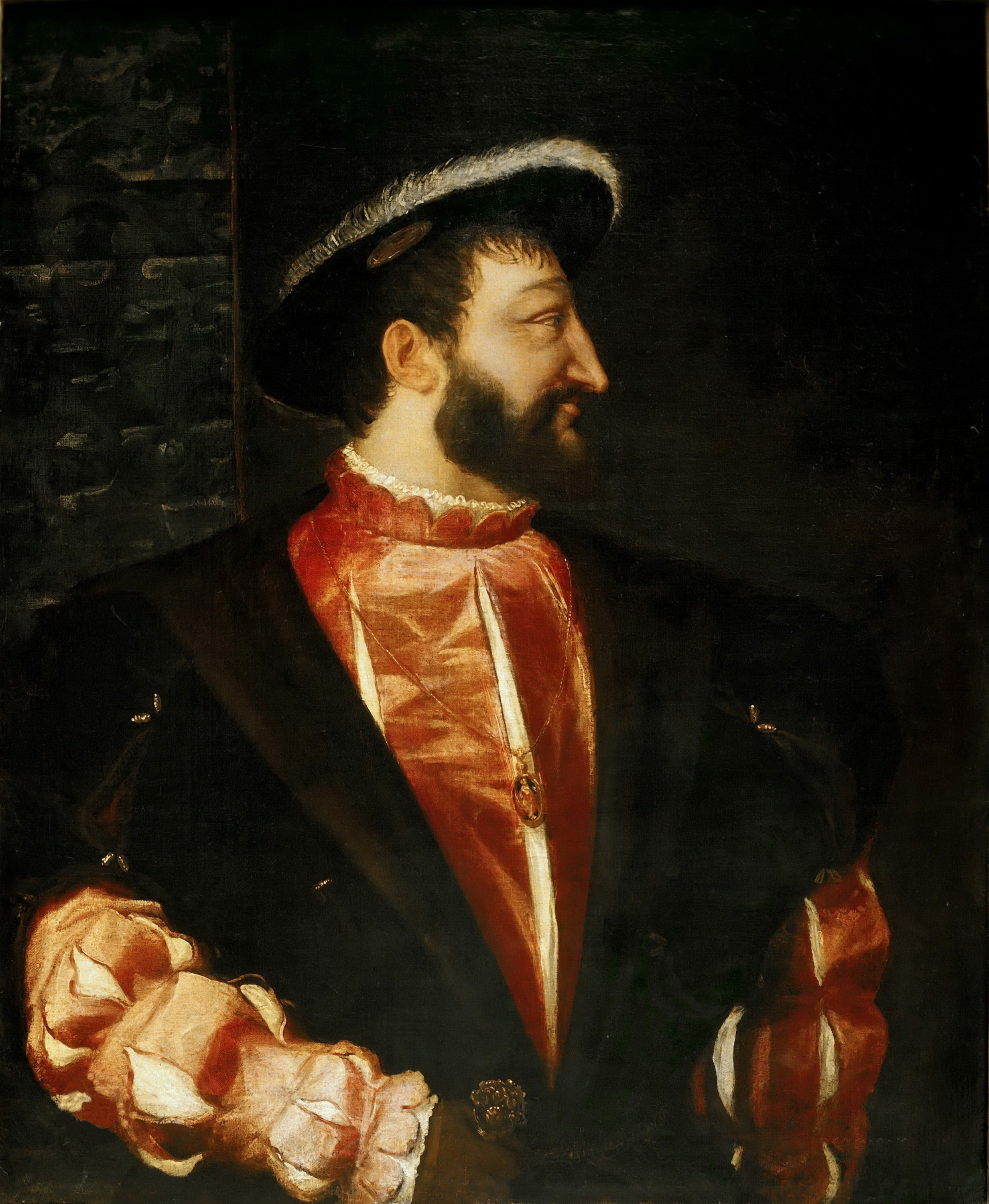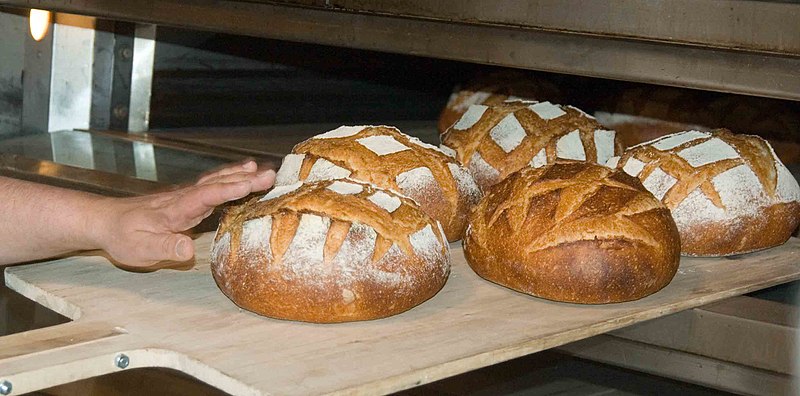Bill Hope: His Story. A young pickpocket named Bill Hope tells of his brutal treatment in Sing Sing, his escape from another prison in a coffin, his forays into brownstones and polite society, and his time among the "loonies" in a madhouse. A holiday gift for those who like historical fiction, action/adventure, and stories of Old New York. For more information on this and other titles, see below at the end of the post.

This week’s post
is about that noble protuberance, the nose, so let’s talk about how it performs
in New York. It is, of course, is meant for sniffing. In
one short block in New York, I can register a gallery of smells, as for
instance:
- Tobacco from a smoke shop.
- Baked bread from a bakery.
- Newsprint when buying a newspaper.
- Asphalt when a pothole is being filled.
- Sawn wood on a construction site.
- Wet wool when snow or rain moistens an overcoat.
- Spruce from a sidewalk stand selling Christmas trees.
- Hot air and chemicals from a dry cleaning establishment.
- Exhaust fumes from a bus pulling away from a curb.
- Smells of rubble, plaster, and splintered wood heaped in a dumpster outside a residence or shop undergoing renovation.
- Wet cement when a section of sidewalk is being replaced.
Admittedly, the
unpleasant aromas far outnumber the pleasant ones, but that’s not always the
case. One might walk by a flower stand or a garden, after all, or a
vendor of roast chestnuts in autumn. So all is not lost, not even in
New York, though an effort must be made.
333. The
Nose
Sitting
recently at my usual table at Philip Marie, a restaurant at the corner of West
11th Street and Hudson in the West Village, I had a good view
of the front window and the young couple at the table by that window. They
were having great fun, at times laughing hilariously and clinking their glasses
of Mimosa, totally unaware of the casual voyeur at a table nearby. Alas,
at times I saw them both in profile and couldn’t help but notice that both had
a nose just a wee bit too prominent. Which projected me into a train
of thoughts about noses that I’m now recording here.
Of
all our facial features, the nose is prominent and inherently gross. The
mouth too is gross, being associated with sex and gluttony, but for many of us
the nose has priority, being situated right smack in the middle of our
face. The Victorians recognized this and their manuals of etiquette
emphasized that the nose was to be ignored when possible, and its needs
attended to discreetly in private. What, after all, is a sneeze, if
not a form of orgasm, and orgasm was something the Victorians, prolific
though they were, shrank from acknowledging. Nor
was a runny nose much better, being messy in the extreme. And our
expression “nosey” suggests prying, intrusive, offensively inquisitive, which
hardly enhances our olfactory protuberance. Also, think of how dogs,
with their keen sense of smell, sniff one another’s rear end by way of greeting
– something many of us even today, post-Victorian worldlings that we are, would
rather not observe.
mcfarlandmo
|
Pascal in his Pensées remarked, “Cleopatra’s nose, had it been shorter, the whole face of the world would have been changed.” Indeed, her beauty ensnared both Julius Caesar and Marc Antony, with dire consequences for both Egypt and Rome. In Pascal’s seventeenth century a large nose suggested dominance and strength of character, though I suspect that Cleopatra’s beauty was just as significant, as attested by Roman historians and further commemorated by Shakespeare in Antony and Cleopatra.
The French may have a thing about the nose, for their way of expressing “They will laugh in your face,” is to say Ils vous riront au nez. Where we say “face,” they say “nose” (nez). Which brings us to a classic of French theater, Edmond Rostand’s Cyrano de Bergerac, the story of a French swashbuckling poet of the seventeenth century who singlehanded could hold off a swarm of enemies with his sword, but who was plagued with an outsized nose. The play is written in less than brilliant verse, but it survives nonetheless and its final scene, where the dying Cyrano at last confesses his feelings to the woman he has always loved, can elicit a tear or two from even the most hardbitten spectator.
As
for noses and their influence on us, I recall my friend Ken who referred to his
appearance and experiences as either “b.n.j.” or “a.n.j.,” meaning “before nose
job” or “after nose job.” In his young youth, before I knew him,
being unhappy about his “Jewish” or “Semitic” nose, he had had surgery by a
surgeon specializing in such cases. The result was successful, for I
never noticed anything untoward about his nose and would never have suspected a
nose job, had he not told me about it. Yet he once showed me a photo
of himself in his late teens, “b.n.j.,” lying on a blanket on a beach in
swimming trunks. This surprised me, for he had said many times that
he would never exhibit himself in such a fashion, lacking a muscled male torso
as he did. Yet this photo of him had, as I immediately remarked, an
undeniably sensual aspect, and he admitted that other friends had observed the
same. So maybe noses aren’t so significant after all; other matters
also come into play. But don’t tell that to the nose surgeons; it
might deprive them of a lucrative practice.
Noses
have been variously classified and analyzed, often using names of
celebrities. But this is too transitory, too perishable; celebrities
come and go. Analysts of the matter – usually plastic surgeons –
name up to 14 kinds, but I’ll settle for less. Here are some common
types:
· Greek nose: straight from top
to tip. Often requested in plastic surgery.
· Roman or aquiline nose: with
a prominent bridge, making it look slightly curved or bent. From the
Latin aquilinus, “eagle-like.” Also called the hawk
nose.
· Snub nose: stubby, short.
· Fleshy nose: more fatty than
bony. Also called the Einstein, after you-know-who. Very
common among men and women.
There is much
brouhaha about which noses are the most attractive, with plastic surgeons
chiming in online. But on the right people, almost all of them can
look attractive.
Famous
noses:
1. Santa Claus, as described in the famous
poem “Twas the night before Christmas”: “His eyes—how hey twinkled! His
dimples, how merry! / His cheeks were like roses, his nose like a
cherry!” (Which is not to suggest that Santa was into his cups.)
2. Pinocchio, whose nose grew longer
whenever he told a lie.
3. J.P. Morgan, the giant of finance, whose
nose was flagrantly purple because of a skin condition known as rhinophyma. Being sensitive on the matter, lunged at anyone trying
to photograph him.
4. Michelangelo, whose flat nose resulted
from a punch by a fellow Florentine artist in his youth.
5. President Richard Nixon, whose up-turned
ski-jump nose was the delight of cartoonists.
Big
noses are usually thought of as repellent, but what constitutes one is
relative. When Chinese immigrants first came to this country in the
nineteenth century, they referred to Americans – meaning Caucasians – as “Round
Eyes” and “Big Noses.” Napoleon, on the other hand, equated big
noses with big brains and promoted his officers accordingly. “When I
want any good head work done, I choose a man with a long nose.”
Francis I of France, as rendered by Titian, 1539.
A big nose, but Titian makes him look elegant. |
So
who could be described as having the proper sized nose? Maybe the
American actor John Barrymore, who in the 1920s acquired the nickname “The
Great Profile”; I’ll let the readers judge.
John Barrymore, circa 1920.
|
But come to think of it, if you start noticing noses –
especially in profile – the results may be dismaying. This is how
friendships die and self-esteem crumbles. Get away from that mirror
and stop scanning your friends’ nasal geography. But don’t start
noticing chins either; even more than a nose, a weak or receding chin can
demolish a profile. If you must study facial features, focus on the
eyes. They are expressive, enticing, mysterious, rarely gross.
BROWDERBOOKS
All books are available online as indicated, or from the author.
1. No Place for Normal: New York / Stories from the Most Exciting City in the World (Mill City Press, 2015). Winner of the Tenth Annual National Indie Excellence Award for Regional Non-Fiction; first place in the Travel category of the 2015-2016 Reader Views Literary Awards; and Honorable Mention in the Culture category of the Eric Hoffer Book Awards for 2016. All about anything and everything New York: alcoholics, abortionists, greenmarkets, Occupy Wall Street, the Gay Pride Parade, my mugging in Central Park, peyote visions, and an artist who made art of a blackened human toe. In her Reader Views review, Sheri Hoyte called it "a delightful treasure chest full of short stories about New York City."
If you love the city (or hate it), this may be the book for you. An award winner, it sold well at BookCon 2017.
Review
"If you want wonderful inside tales about New York, this is the book for you. Cliff Browder has a way with his writing that makes the city I lived in for 40 plus years come alive in a new and delightful way. A refreshing view on NYC that will not disappoint." Five-star Amazon customer review by Bill L.
Available from Amazon and Barnes & Noble.
 |
2. Bill Hope: His Story (Anaphora Literary Press, 2017), the second novel in the Metropolis series. New York City, 1870s: From his cell in the gloomy prison known as the Tombs, young Bill Hope spills out in a torrent of words the story of his career as a pickpocket and shoplifter; his brutal treatment at Sing Sing and escape from another prison in a coffin; his forays into brownstones and polite society; and his sojourn among the “loonies” in a madhouse, from which he emerges to face betrayal and death threats, and possible involvement in a murder. Driving him throughout is a fierce desire for better, a persistent and undying hope.
For readers who like historical fiction and a fast-moving story.

Reviews
"A real yarn of a story about a lovable pickpocket who gets into trouble and has a great adventure. A must read." Five-star Amazon customer review by nicole w brown.
"This was a fun book. The main character seemed like a cross between Huck Finn and a Charles Dickens character. I would recommend this." Four-star LibraryThing review by stephvin.
Available from Amazon and Barnes & Noble.
3. Dark Knowledge (Anaphora Literary Press, 2018), the third novel in the Metropolis series. Release date January 5, 2018, but copies now available from the author. Adult and young adult. A fast-moving historical novel about New York City and the slave trade, with the sights and sounds and smells of the waterfront.

The back cover summary:
New York City, late 1860s. When young Chris Harmony learns that members of his family may have been involved in the illegal pre-Civil War slave trade, taking slaves from Africa to Cuba, he is appalled. Determined to learn the truth, he begins an investigation that takes him into a dingy waterfront saloon, musty old maritime records that yield startling secrets, and elegant brownstone parlors that may have been furnished by the trade. Since those once involved dread exposure, he meets denials and evasions, then threats, and a key witness is murdered. Chris has vivid fantasies of the suffering slaves on the ships and their savage revolts. How could seemingly respectable people be involved in so abhorrent a trade, and how did they avoid exposure? And what price must Chris pay to learn the painful truth and proclaim it?
Early reviews
"A lively and entertaining tale. The writing styles, plot, pace and character development were excellent." Four-star LibraryThing early review by BridgitDavis.
"At first the plot ... seemed a bit contrived, but I was soon swept up in the tale." Four-star LibraryThing early review by snash.
"I am glad that I have read this book as it goes into great detail and the presentation is amazing. The Author obviously knows his stuff." Four-star LibraryThing early review by Moiser20.
4. The Pleasuring of Men (Gival Press, 2011), the first novel in the Metropolis series, tells the story of a respectably raised young man who chooses to become a male prostitute in late 1860s New York and falls in love with his most difficult client.
What was the gay scene like in nineteenth-century New York? Gay romance, if you like, but no porn (I don't do porn). Women have read it and reviewed it. (The cover illustration doesn't hurt.)
What was the gay scene like in nineteenth-century New York? Gay romance, if you like, but no porn (I don't do porn). Women have read it and reviewed it. (The cover illustration doesn't hurt.)

Reviews
"At times amusing, gritty, heartfelt and a little sexy -- this would make a great summer read." Four-star Amazon customer review by BobW.
"Really more of a fantasy of a 19th century gay life than any kind of historical representation of the same." Three-star Goodreads review by Rachel.
"The detail Browder brings to this glimpse into history is only equaled by his writing of credible and interesting characters. Highly recommended." Five-star Goodreads review by Nan Hawthorne.
Available from Amazon and Barnes & Noble.
Coming soon: Light: The Conquering of Darkness
© 2017 Clifford Browder








